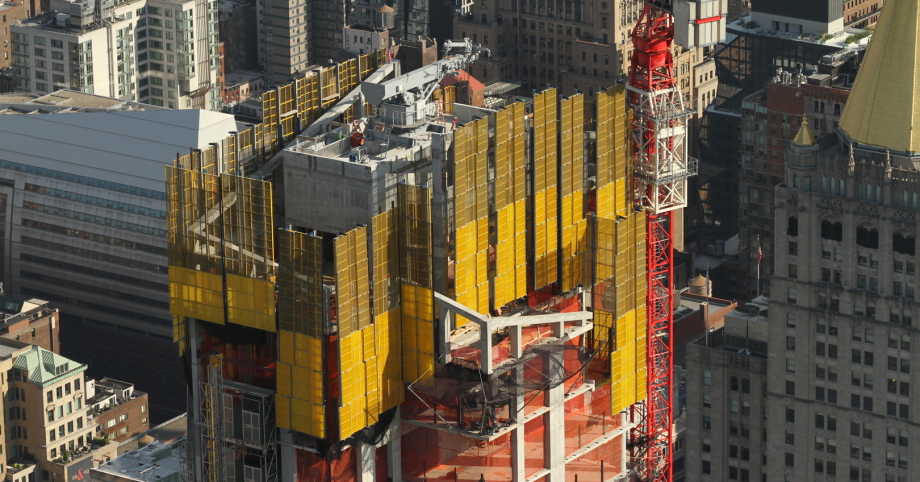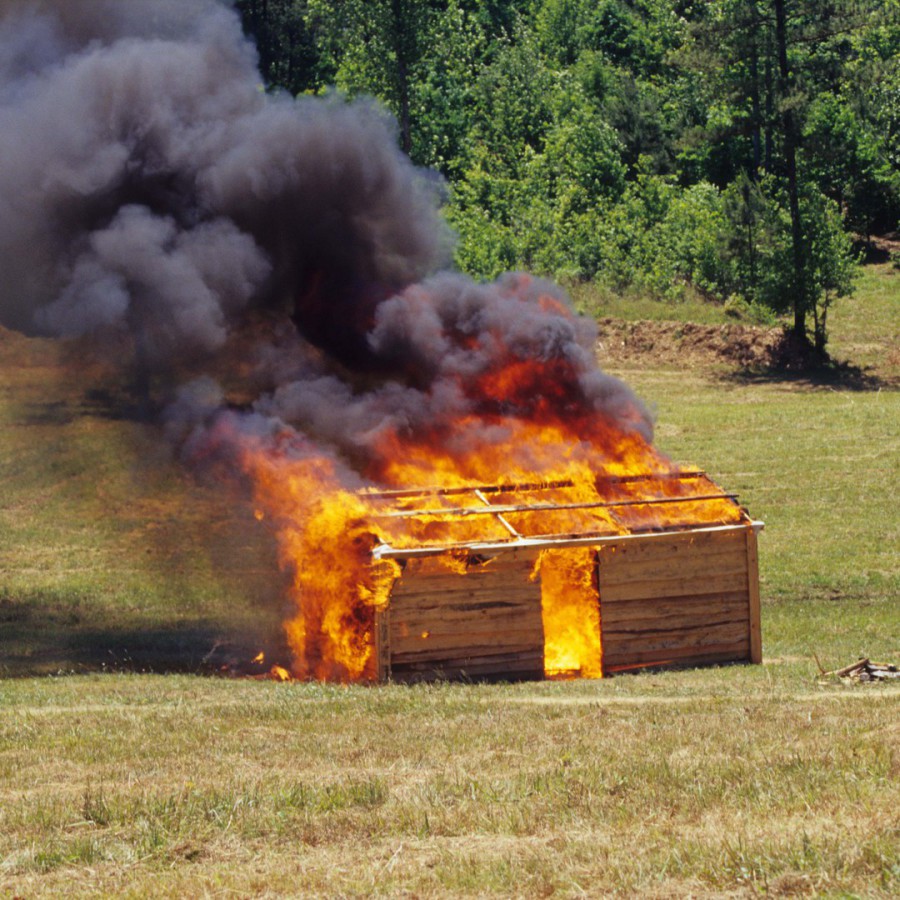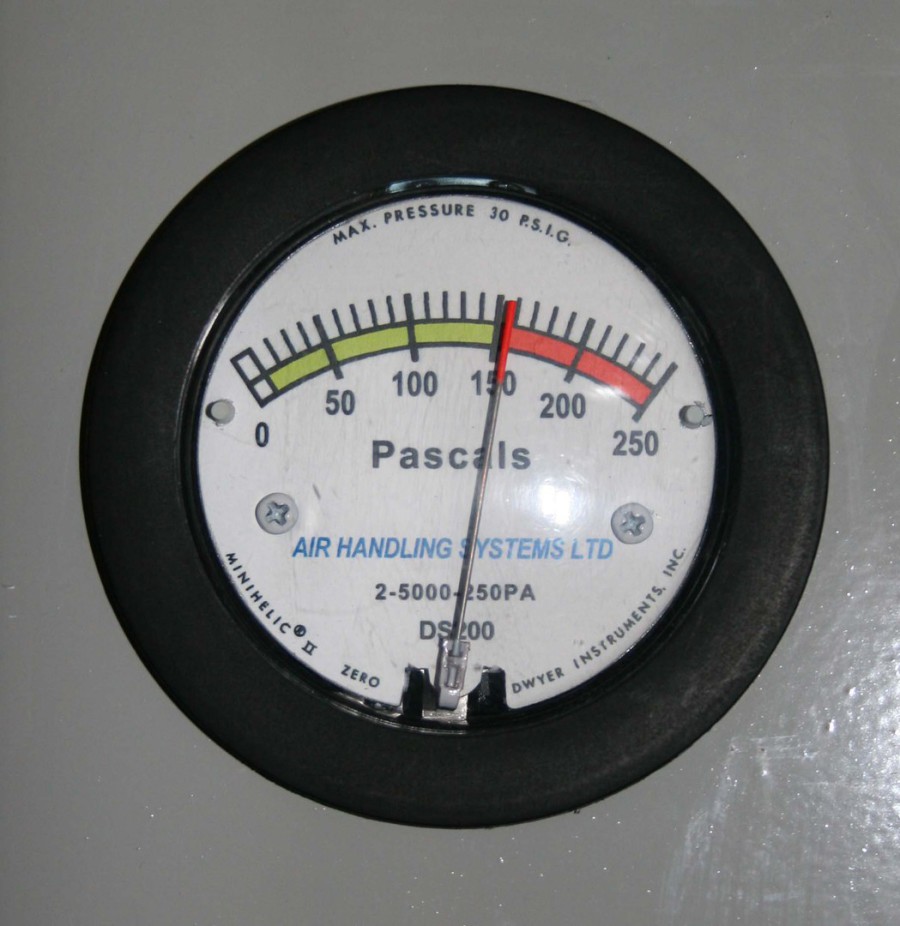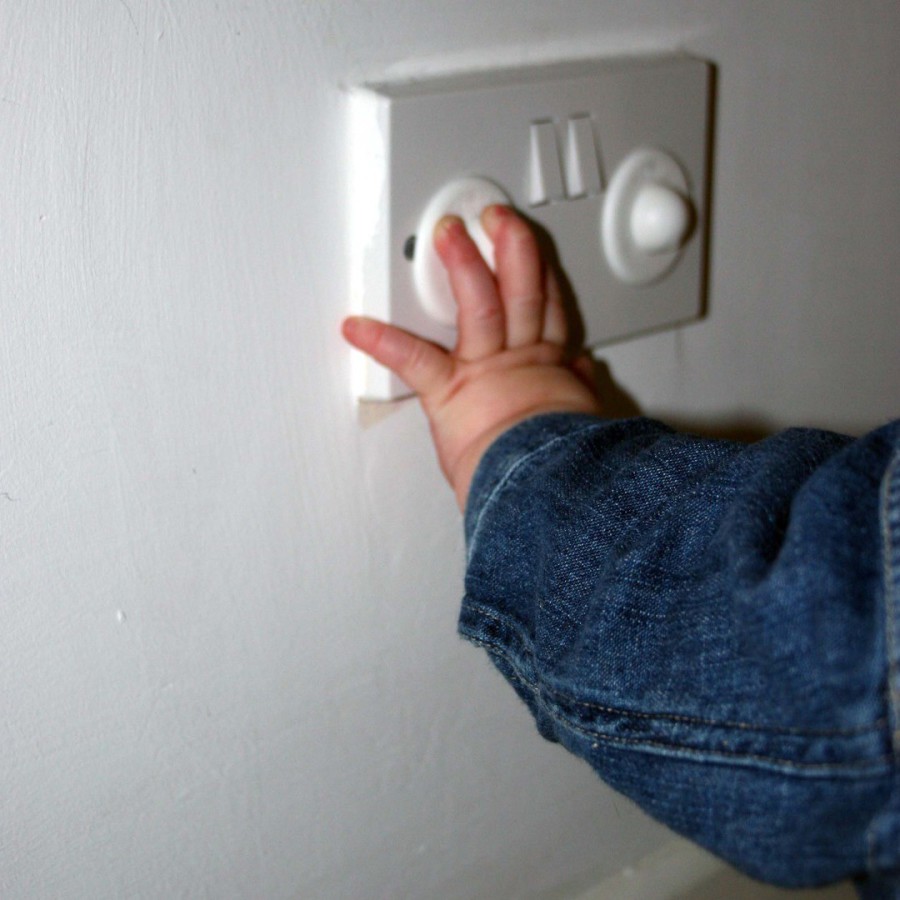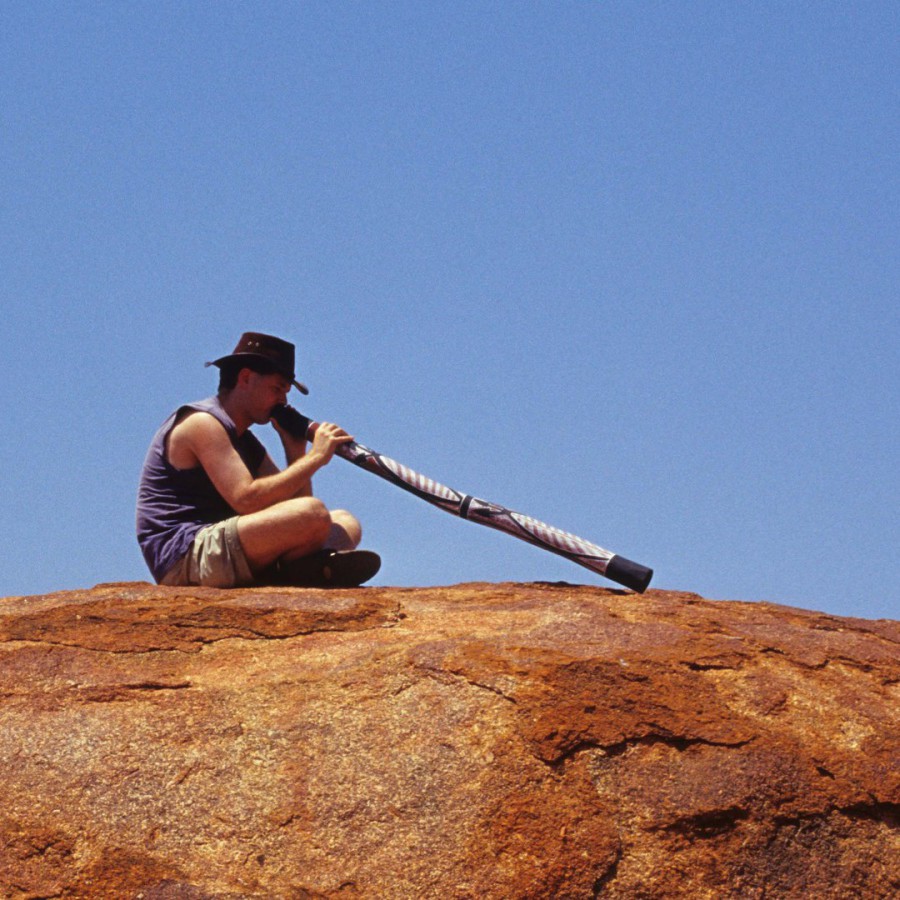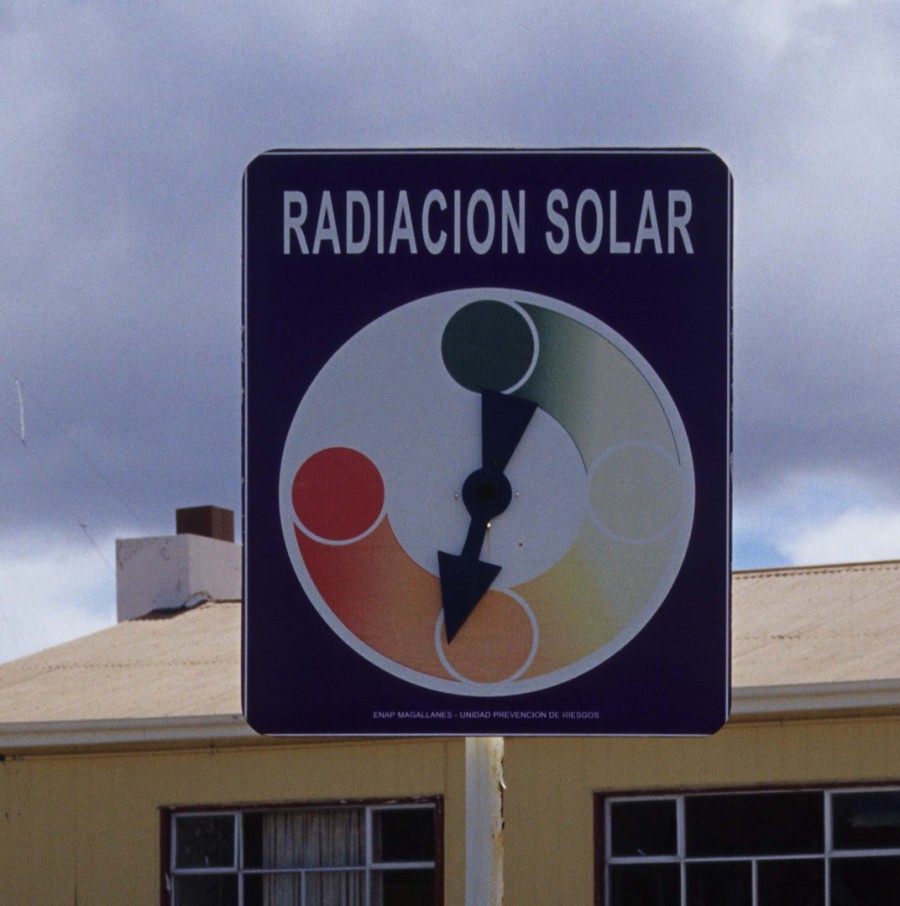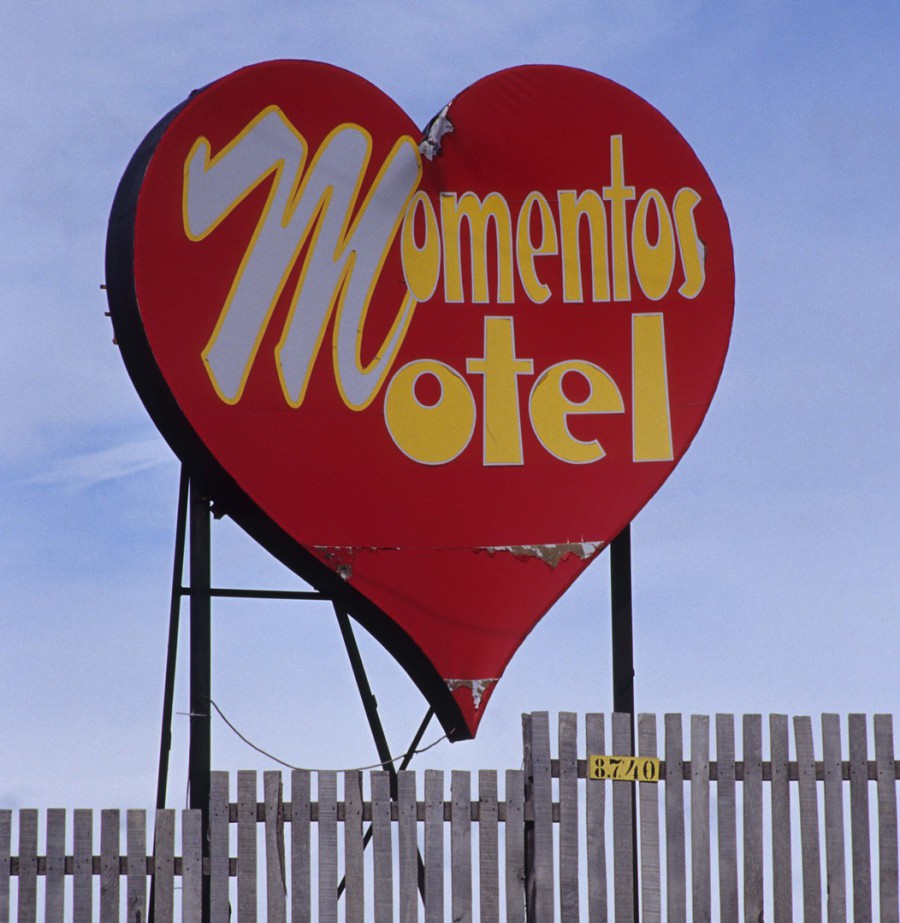How about fire safety? Privacy? Air pressure? Noise resistance? Protection from solar radiation? Electrical safety? The list of performance aspects that are important in the context of building and construction is long. Below are some visuals to make the point.
Building Performance Aspects
Buildings have to do a lot of things. These things buildings do are typically named building functions; building performance then measures how well the building carries out that function. As functions typically are defined as doing something (provide thermal comfort, maintain occupant safety, etc) their formulation requires a verb. Performance aspects are the categories that require attention, without the verb. There is no final overview of performance aspects, and it is important to keep in mind that most buildings have their own specific reason for being and corrsponding performance aspects. The list below is a collection of performance aspects gathered over the years; verbs that help to turn the aspect into a building functions are addded in brackets. Suggestions for new additions are always welcome.
1. Occupant satisfaction (provide)
2. Continuity of service (provide)
3. Thermal comfort (maintain)
a. air temperature (control)
b. radiant temperature (control)
c. air velocity (control)
d. relative humidity (control)
e. air speed (control)
f. overheating (prevent)
g. undercooling (prevent)
h. wind chill (prevent)
4. Acoustical comfort (maintain)
a. speech intelligibility (provide)
b. reverberation time (control)
5. Visual comfort (maintain)
a. glare (prevent)
b. flickering (prevent)
6. Olfactory comfort
a. odour (control)
7. Indoor air quality (maintain)
a. smoke, fumes, stale air (dispose of)
b. fresh air (provide)
8. Structural integrity (maintain)
9. View to the outside
a. outside world (provide connection with)
b. Circadian rhytm (support)
10. Identity (provide)
11. Privacy (provide)
12. Inclusivity (support)
13. Relative humidity (control)
14. Vibration (protect from/limit)
15. Noise (protect from/limit)
16. Glare (protect from/limit)
17. Precipitation (keep out)
18. Ground/surface water (keep out)
19. Unwanted visitors/vermin (keep out)
20. Outdoor pollutants (keep out)
21. Electricity/gas/water (provide uninterupted supply of)
22. Drainage/sewerage (provide safe and adequate)
23. Wayfinding (support)
24. Wind flow around building (control)
25. Condensation (prevent)
26. Contamination (prevent)
27. Complaints (minimize number of)
28. Fire ignition (prevent)
29. Fire spread (prevent)
30. Congestion, crowding (prevent)
31. Community (provide sense of)
32. Historical significance (have/respect)
33. Local and national heritage (contribute to)
34. Income/revenue (generate)
35. Key processes/work (enable)
36. Productivity (enable)
37. Ease of movement/circulation (provide)
38. Structural loading (carry)
a. dead load/own weight (resist)
b. live load/occupants, furniture (resist)
c. live load/wind, precipitation (resist)
d. cycling loads/fatigue (resist)
39. Heating/cooling (provide)
40. Ventilation/fresh air (provide)
41. Daylight/sunlight (provide)
42. Hot and cold water (supply)
43. Artificial lighting (provide)
44. ICT connectivity (provide)
45. Safety (ensure)
a. falling risk (mitigate)
b. cutting risk (mitigate)
c. risk from machines (mitigate)
d. elecrocution risk (mitigate)
46. Energy (make efficient use of)
47. Water (make efficient use of)
48. Material (make efficient use of)
49. Renewable energy (generate)
50. Rainwater (harvest)
51. Water (minimize use of)
52. Local ecosystem (protect)
53. Rare and endangered species (protect)
54. Wear and tear (resist)
55. Decay and rot (resist)
56. Corrosion (resist)
57. Construction costs (control)
58. Construction time (control)
59. Operational costs (control)
60. Cleanability (provide)
61. Maintenance and repair (efficiently provide)
62. Greenhouse gas emissions (limit)
63. Access control (provide)
64. HVAC control (provide)
65. Lighting control (provide)
66. Darkness (provide)
67. Solar radiation (control)
68. Urban context (respond to)
69. Site conditions (respond to)
70. Outside hours access (allow)
71. Modifications to building (allow)
72. Service life (manage)
73. Fire/smoke alarm (raise)
74. Intrusion alarm (raise)
75. Evacuation (allow)
a. evacuation route (provide)
b. evacuation time (allow)
c. survival time in refuge (guarantee)
76. Burglary (resist)
77. Vandalism (resist)
78. Extreme events (resist)
a. fire/smoke and heat (minimize impact of)
b. explosion (minimize impact of)
c. radioactivity spread (minimize impact of)
d. poisonous substance spread (minimize impact of)
e. heat wave (cope with)
f. cold spell (cope with)
g. natural distasters such as eartquakes (resist)
h. human-made disasters such as terrorist attacks (resist)
79. Disease and infection (stop spreading of)
80. Buildability (provide)
81. Flexibility (posses)
82. Disposability (provide)
83. Aesthetics (consider)
a. architectural statement (make)
b. creativity (demonstrate)
c. interpretation (require)
d. communication (engage in)
e. embodiment (represent)
f. image (portray)
g. eloquence in composition (demonstrate)
h. enchantment (instil)
i. movement (suggest)
j. structural elegance (express)
